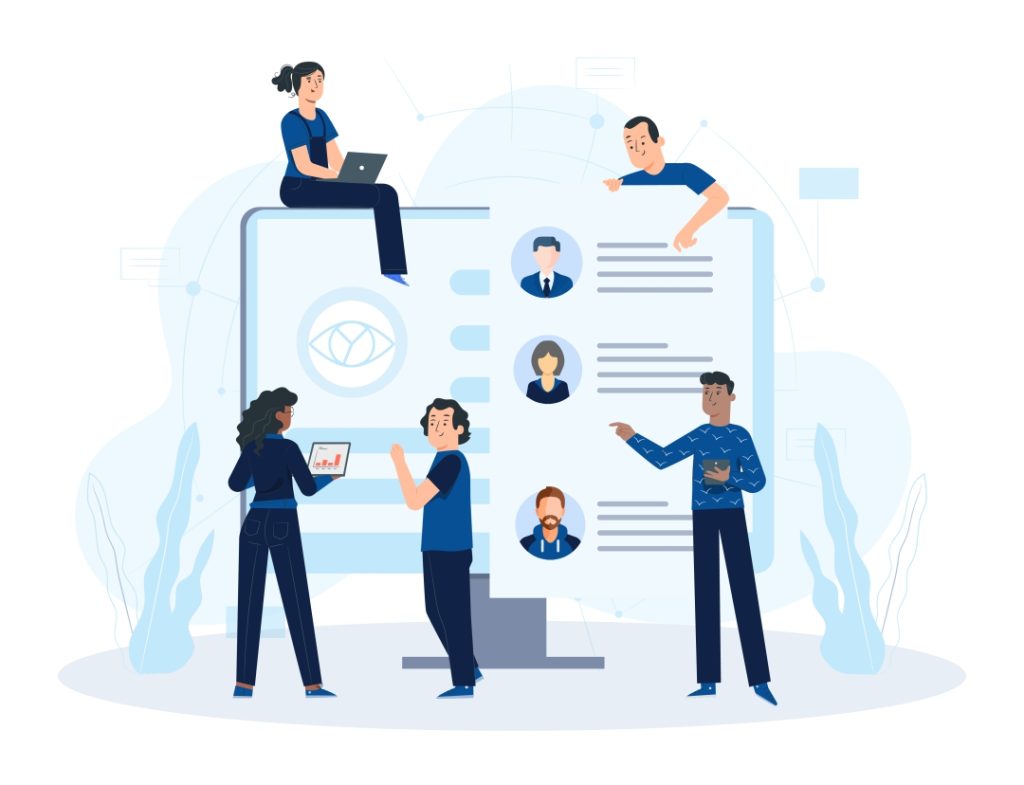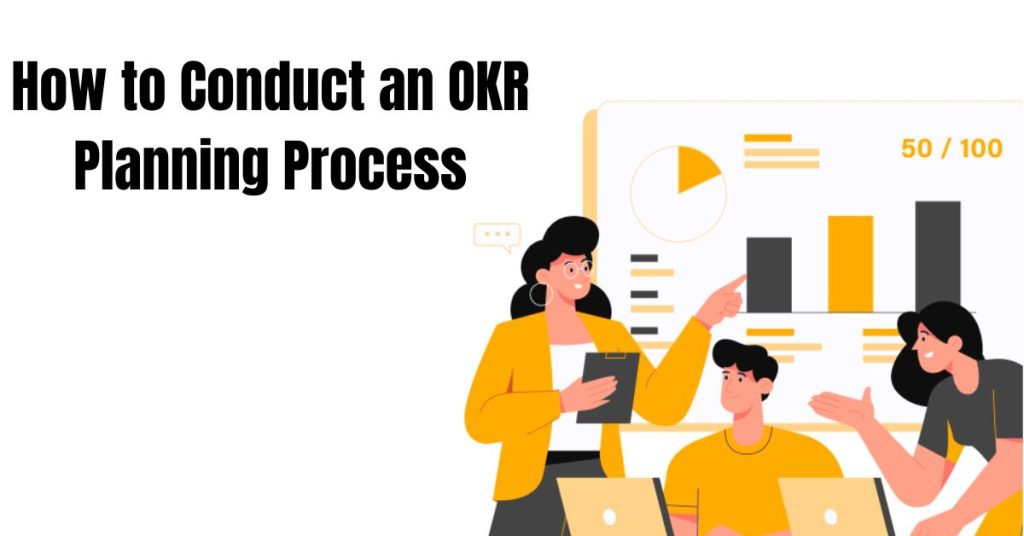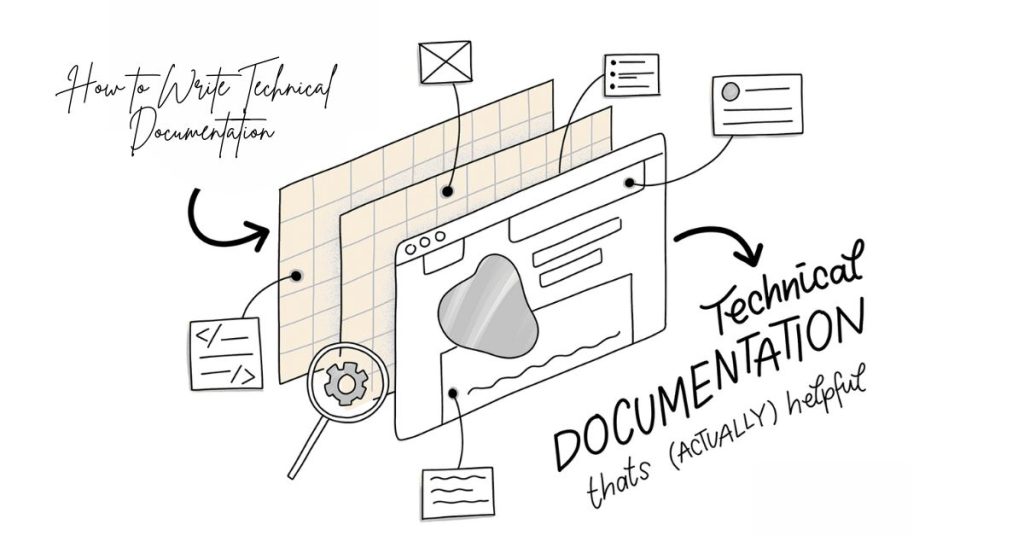IT Resource Management (ITRM) refers to the systematic planning, allocation, utilisation, and governance of an organisation’s IT‐related resources—comprising hardware, software, personnel (skills and staffing), financial budgets, and other supporting infrastructure. It goes beyond mere “keeping the lights on” and becomes a strategic capability: aligning IT resources with business goals, optimising cost, avoiding bottlenecks, and enabling reliable, agile delivery of IT services and projects.
At its core, strong ITRM supports two major objectives:
Ensuring IT resources (people, systems, budgets) are available to deliver the right work at the right time.
Ensuring those resources are used effectively (minimised waste, maximised performance, avoiding over- or under-utilisation).
For example, one large organisation’s cloud migration got badly delayed and over-cost when resource planning was inadequate. That kind of outcome is what ITRM aims to prevent. (Based on industry-case studies.)
Why Strategic Management Matters
When IT resource management is strategic (rather than purely operational), it means that the allocation of hardware, software, talent, and budget is governed by alignment with the organisation’s long-term goals. For example: how many developers to hire, how much budget to allocate for infrastructure renewal, how to ensure staffing for high-impact initiatives.
Without that strategic alignment, well-intentioned IT project work can drift, resources get mis-matched, budgets spiral, or crucial initiatives get delayed. By strategically managing resources you can redirect efforts toward the highest-value work, and avoid “reactive mode” operations.
Capacity, Staffing & Resource Types
Key concepts here include:
Capacity planning: Understanding what the resource limits are (e.g., number of server instances, developer hours available per month, licensing budget) so you can anticipate overloads or under-utilisation.
Staffing & skill management: It’s not just about filling positions; it’s about ensuring that the right people are working on the right tasks at the right time. Matching skills, experience, availability, and workload matters.
Resource types: Hardware (servers, devices), software (licenses, tools), personnel (IT staff, contractors), budgets (financial resources for IT projects). Each has different management dynamics but all must be visible and planned.
By monitoring and governing these resource types, an IT organisation improves its resilience, responsiveness, and cost control.
Techniques & Best Practices for Effective IT Resource Management

Having understood the fundamentals, let’s explore what organisations typically do (and should do) to manage IT resources effectively. These are grounded in industry best-practice and emerging thinking.
1. Boost team engagement
When team members feel valued, engaged and able to contribute meaningfully, they will deliver better performance. In the context of IT resources, this means: involving your technical and operational staff early, giving them ownership of tasks, aligning their roles with meaningful work rather than simply allocating hours. Engaged teams are more responsive, more creative, and less likely to burn out.
2. Build flexibility & account for uncertainty
IT projects and operations are by nature subject to change: shifting requirements, emergent issues, unexpected outages or dependencies. Hence, resource plans must allow for “what-if” scenarios and buffer capacity. Flexibility is essential: the ability to re-assign tasks, adjust deadlines, re-allocate personnel or budgets, respond to the unplanned.
3. Use data-driven resource planning
Rather than relying on gut feelings, effective teams use historical data, utilisation metrics, forecasting, trend analysis. For example: how many hours did a recent infrastructure upgrade take compared with the estimate? Which people or teams habitually over- or under-deliver resources? By analysing past performance you improve future planning, optimise allocations, and identify improvement opportunities.
4. Secure leadership buy-in
Resource management effectiveness often depends on senior leaders’ support: budgeting, enforcing discipline around resource allocation, prioritising strategic work, enabling investment in tools or process improvement. Without stakeholder buy-in, plans may not be acted on, resource allocation may be sub-optimised or bypassed.
5. Regular reporting and transparency
Consistent intervals of reporting—weekly, bi-weekly, monthly—help keep a finger on the pulse of utilisation, progress, upcoming demands, risks. Transparent dashboards that show who is working on what, where capacity is stretched, where there are gaps help avoid surprises. Visibility fosters proactive management rather than reactive firefighting.
6. Forecasting, allocation & leveling
Forecasting: Looking ahead to future projects, peaks in demand, resource shortages.
Allocation: Assigning the right resource (person, tool, budget) to the right task at the right time. Consideration should include availability, skill set, experience, current workload.
Resource leveling: Smoothing out peaks and valleys in utilization so no resources are over-booked or idle; avoiding burnout and maintaining sustainable workloads. These techniques help maintain operational stability.
7. Match work to capacity (avoid 100% utilisation)
A common pitfall is assuming every resource should be booked 100% of the time. In reality, if team members are scheduled non-stop, there’s no flexibility to respond to the unexpected. Best practice is to leave “headroom” — some capacity buffer so that urgent tasks, changes, or support issues can be absorbed without derailing commitment to projects.
8. Consider skills, interests & growth opportunities
Resources aren’t interchangeable “units”. People have skills, career goals, preferences, and development trajectories. Matching tasks to resources should consider not just availability but also what will engage and develop the person. This enhances retention, performance and long-term capacity.
9. Balance visibility & collaboration
Resource management isn’t simply about assigning tasks; it’s about facilitating collaboration across teams, breaking down silos, ensuring communication flows. When IT, business stakeholders, and project management functions align around resource plans, work flows more smoothly. Regular audits, feedback loops, and collaborative planning sessions support that.
10. Leverage the right tools and automation
While approaches matter, the right tooling helps. Spreadsheets may suffice in small teams but quickly become unmanageable at scale. Robust resource planning, forecasting, utilisation tracking, dashboards and integration with project management/HR systems drive more accuracy and agility. Automating repetitive tasks (e.g., resource assignment reminders, utilisation reports) ensures consistency and frees up time for higher-value work.
Industry guides emphasise these best practices: e.g., defining work prioritisation rules, linking demand to capacity, tracking utilisation, investing in resource management software.
Implementing IT Resource Management in Practice

Transitioning from theory to practice requires deliberate steps. Below is a practical roadmap that organisations—whether startup or enterprise—can follow to mature their IT resource management capability.
Step 1: Understand your current resource state
Begin by conducting a thorough assessment:
What resources do you currently have (people, hardware, software, budgets)?
How are they being used today — what projects, operations, support tasks?
What are the key pain points: unplanned downtime, skills gaps, resource overload or idle time, missed deadlines?
What data do you collect (utilisation, performance, reporting) and how reliable is it?
This baseline allows you to identify gaps and define clear objectives for improvement.
Step 2: Assess demand & alignment with business goals
Look at what the business is planning: upcoming projects, growth initiatives, digital transformation, infrastructure refreshes, cost-reduction targets. Ask: which of these are high priority? Which align most strongly with business strategy? By understanding demand you can start to match resource capacity to business intent.
Step 3: Plan capacity & resource need
Using your baseline plus anticipated demand, build a capacity plan: how many personnel hours, how many hardware/software units, budgets over time will you need? Where might bottlenecks or skill gaps occur? Build scenarios: what happens if a project runs over time? What if a key resource leaves? This forward-looking view helps allocate appropriately and avoid surprises.
Step 4: Allocate resources & build workflows
With capacity and demand aligned, begin the process of resource allocation:
Assign people, hardware, software to projects and operations.
Map tasks, durations, dependencies, required skills.
Use resource-leveling to avoid over-booking key resources.
Build workflows and processes (request intake, prioritisation, assignment, tracking).
Communication is key: teams must understand what they’re responsible for, deadlines, dependencies, and any constraints.
Step 5: Track performance, report and optimise
Once the plan is underway:
Monitor key metrics: utilisation rates (by person, by team), percentage of tasks completed on time, unplanned work, cost variance, resource bottlenecks.
Use regular reporting to surface emerging issues early (e.g., one team consistently overloaded, another idle).
Use dashboards and visibility tools for transparency.
Review and adjust: if forecasts change, if priorities shift, re-allocate resources as needed.
Step 6: Invest in training & development
Because staffing and skills form a critical leg of resource capability, invest in:
Upskilling current team members to fill skill gaps.
Ensuring staff stay current with evolving technologies, methodologies and tools.
Career development and engagement so people feel supported, not just assigned. This helps with retention and ensures you have the right skills available when needed.
Step 7: Review, refine and institutionalise
IT resource management is not a one-time exercise. It becomes a continuous process: review outcomes (what went well, what didn’t), refine your processes, update your capacity forecasts, improve your resource database, adapt to business changes. This fosters a culture of ongoing optimisation and responsiveness.
Common Challenges & How to Address Them
Even with the best intentions, organisations often encounter hurdles. Below are typical challenges and strategies to overcome them.
Challenge: Over-allocation or under-utilisation
Situation: Some resources are booked too heavily (leading to burnout) and others too lightly (leading to waste).
Solution: Implement resource-leveling (smoothing workload peaks/valleys). Monitor utilisation rates regularly. Build buffer capacity. Match tasks to capacity and avoid pushing utilization to 100%.
Challenge: Lack of visibility / transparency
Situation: Without clear tracking of what resources are doing, decision-makers fly blind, leading to mis-allocations or reactionary efforts.
Solution: Use dashboards, real-time reporting, integrate data across HR/project/IT systems. Foster a culture of sharing information. Make resource usage a visible metric.
Challenge: Inadequate forecasting / planning
Situation: Future projects emerge but capacity wasn’t planned; or resource demand dramatically shifts and the organisation is unprepared.
Solution: Use historical data and trend analysis to forecast; involve stakeholders early; run scenario planning; maintain contingency reserves to respond to changes.
Challenge: Skill gaps & talent shortages
Situation: The needed skills (e.g., cloud migration, cybersecurity, data analytics) may not exist in-house or are stretched thin.
Solution: Invest in training and development; hire strategically; consider outsourcing/contracting for specialised skills. Monitor skill inventories and track gaps proactively.
Challenge: Budgets constraints
Situation: IT budgets may be fixed or shrink, forcing difficult choices about which resources to fund and which projects to prioritise.
Solution: Prioritise projects based on business value; optimise resource usage; explore cost-effective alternatives (e.g., cloud services, shared resources). Track cost-to-value of resource use and make a business case for investment when needed.
Challenge: Poor communication and collaboration
Situation: IT, business units, operations may not align, leading to mis-prioritised work, conflicting demands, resource duplication.
Solution: Implement cross-functional communication mechanisms; set common priorities; create shared resource planning forums; formalise intake and prioritisation procedures.
Why IT Resource Management Matters in Today’s Environment

In the fast-moving world of IT, certain pressures make effective resource management even more important:
Digital transformation and rapid change: Organisations are migrating workloads to cloud, adopting agile/devops, scaling digital services, so resource demands shift quickly.
Talent shortage: High-demand skills (cloud, AI/ML, cybersecurity) are scarce and expensive; inefficient use of talent has higher cost implications.
Cost pressure and ROI: Organisations expect IT to deliver more value with less waste; wasted hardware, unused licenses, idle time hurt the bottom line.
Risk & downtime: Under-resourced systems, inadequate capacity can lead to outages, security incidents, service disruption—all impacting reputation, customer satisfaction and revenue.
Global and remote teams: Coordination across locations, time zones, tools increases complexity—tracking and aligning resources is harder yet more essential.
By managing IT resources effectively, organisations improve their responsiveness, cost-efficiency, agility, employee satisfaction, and ability to deliver strategic initiatives.
Key Metrics to Monitor & Manage
To make IT resource management actionable, here are some important metrics:
Resource utilisation rate: Percentage of available time resources (people, machines) are actively working on value-adding tasks.
Capacity gap/forecast vs actual: Difference between estimated resource demand and actual resource supply.
Project on-time delivery vs resource plan variance: How closely the resource allocation matched the plan and whether deviations occurred.
Resource overload or idle time: Identifying who is above capacity (risking burnout) or under capacity (wasting cost).
Skill gap index: Number of tasks requiring skills not present in the team, or time spent sourcing external contractors.
Cost per resource or task: Cost of resource allocation (personnel, licensing, hardware) relative to business value delivered.
Workload balance: Spread of tasks across teams and individuals, preventing bottlenecks or concentration of critical work on a few people.
Change in resource inventory: Hardware/software assets ageing out, being replaced, or under-utilised.
Tracking and actively managing to these metrics allows organisations to shift from reactive to proactive resource management.
Putting It All Together: A Sample Scenario
Let’s imagine a mid-sized enterprise planning a major IT initiative: migrating critical services to a new cloud platform over the next 12 months. Here’s how IT resource management might play out:
Assessment: The IT leadership assesses current capacity—existing servers, software licenses, number of cloud-skilled engineers, budget constraints. They identify that only two engineers have deep cloud migration experience; hardware spend for legacy systems is high and nearing replacement.
Demand planning: They map upcoming projects: cloud migration (6 months), security refresh (3 months), application modernisation (9 months). They estimate the number of engineer-weeks, new hardware, software licences needed.
Capacity planning: They forecast that during month 4–8 they will need 60 % more cloud-engineer capacity than currently available. They plan to hire or contract one additional engineer and schedule training for two existing ones in months 1–3. They also budget hardware refresh in month 2 and plan to retire old servers gradually.
Allocation & workflows: Assign existing engineers to migration tasks, schedule the new hires and training, allocate budget for licences. They use resource-leveling so that no individual engineer is booked at more than 80 % capacity. They leave a 15 % buffer capacity for unforeseen incidents (support, security outages).
Tracking & reporting: They set up bi-weekly reporting: engineer actual hours vs planned, hardware status, migration milestones, cost variance. Dashboards highlight if any engineer is overbooked, or if tasks are slipping.
Optimisation: After month 3 the reporting shows one engineer is consistently overloaded and another idle due to skill mismatch. They re-allocate tasks, provide upskilling, and bring in a contractor earlier than planned. They also discover old servers could be decommissioned earlier, unlocking budget.
Outcome: The migration is completed in month 10 instead of month 12. Over-budget costs are minimised, the team is less burnt out, and the hardware refresh had lower total cost thanks to better planning. Post-migration, the enterprise uses dashboards to continue tracking resource utilisation for ongoing operations and future projects.
Streamline IT Resource Management with Corexta
Managing IT projects can often feel like a balancing act—unexpected technical issues, shifting deadlines, overloaded teams, and constant coordination between departments can make it hard to stay ahead. But with the right solution, these challenges don’t have to slow you down.
Corexta is your all-in-one platform designed to simplify complex IT project management. It empowers teams to automate repetitive tasks, optimize resource allocation, and collaborate effortlessly—no matter where your team members are.
Say goodbye to last-minute chaos and constant firefighting. With Corexta, you’re not just managing tasks—you’re fostering innovation, improving productivity, and ensuring your IT operations run seamlessly. Take control of your IT resources today—get started with Corexta!
Final Thoughts
In the modern IT environment, managing resources well is no longer optional—it’s a competitive advantage. Organisations that treat IT resource management as a strategic capability (rather than an after-thought) are better placed to deliver value faster, adapt to change, manage cost, and keep their teams healthy and engaged.
If you’re leading or advising an IT organisation, investing time in the fundamentals—understanding your resource baseline, aligning with business goals, forecasting, building transparency, and executing disciplined allocation—will pay dividends. The tools matter, but the process and culture matter more.
With continuous review, data-driven decision-making, the right balance between capacity and demand, and a people-centric approach, your organisation can shift from “just keeping up” to genuinely purposeful IT delivery.










